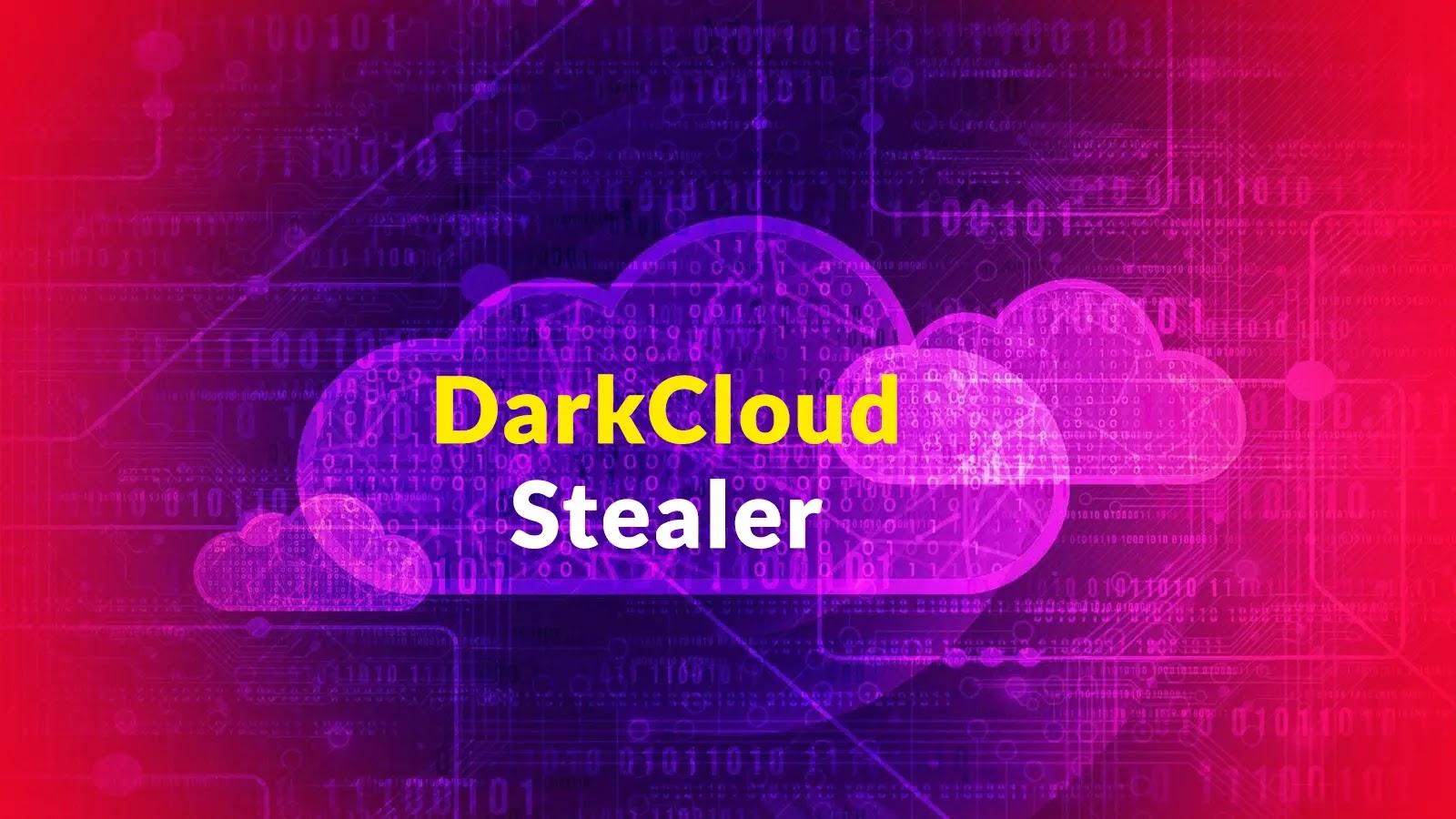
DarkCloud Stealer Attacking Financial Companies With Weaponized RAR Attachments
Unmasking DarkCloud Stealer: A Potent Threat to Financial Institutions
In the evolving landscape of cyber threats, financial organizations remain a prime target for sophisticated attackers. A new and particularly insidious threat, the DarkCloud Stealer, has recently emerged, leveraging weaponized RAR attachments within convincing phishing campaigns to compromise sensitive financial data. This detailed analysis will dissect the DarkCloud Stealer’s modus operandi, its multi-stage attack vector, and crucial remediation strategies for IT professionals and security analysts.
The Anatomy of a DarkCloud Attack
The DarkCloud Stealer campaign is characterized by its reliance on social engineering and stealthy execution. Adversaries craft highly believable phishing emails designed to trick recipients, typically within financial institutions, into opening malicious attachments. These attachments, masquerading as legitimate documents, are in fact weaponized RAR archives.
The initial compromise begins when a victim opens one of these seemingly innocuous RAR files. This action triggers the execution of a VBE (VBScript Encoded) script. This VBE script is not the final payload but rather a crucial intermediary stage in the attack chain.
Multi-Stage Payload Delivery: The VBE and PowerShell Connection
Upon execution, the VBE script leverages the Windows Script Host (WSH), a legitimate Windows component, to perform its malicious tasks. Its primary function is to initiate a subsequent stage of the attack: a PowerShell downloader. This PowerShell script is cleverly concealed, often embedded within what appears to be an innocuous image file, further enhancing the stealth of the operation.
This multi-stage approach, moving from a VBE script to a PowerShell downloader hidden in an image, complicates detection by traditional security solutions. It demonstrates a clear intent by the attackers to bypass initial security checks and establish a persistent foothold within the target network.
DarkCloud Stealer’s Modus Operandi and Impact
Once successfully deployed, the DarkCloud Stealer is engineered to exfiltrate sensitive information. While the detailed capabilities of this specific stealer are still being fully understood, its designation as a “stealer” implies its primary objective is to gather credentials, financial data, personal identifiable information (PII), and other valuable assets. For financial companies, this type of data exfiltration can lead to severe reputational damage, significant financial losses, and regulatory penalties.
Remediation Actions: Fortifying Defenses Against DarkCloud Stealer
Preventing and mitigating threats like the DarkCloud Stealer requires a layered security approach and proactive measures. Financial institutions, in particular, must prioritize robust cybersecurity practices.
- Employee Training and Awareness: Conduct regular and comprehensive training sessions on phishing awareness. Emphasize the dangers of opening suspicious attachments, even if they appear to originate from trusted sources. Teach employees to scrutinize sender addresses, email content, and attachment types with extreme caution.
- Email Filtering and Gateway Protection: Implement advanced email filtering solutions capable of detecting and blocking malicious attachments, particularly RAR files and VBE scripts. Utilize sandboxing technologies to analyze suspicious attachments in a controlled environment before delivery to end-users.
- Endpoint Detection and Response (EDR): Deploy EDR solutions that can monitor endpoint activity, detect anomalous behavior (like WSH initiating unusual PowerShell commands or hidden scripts), and respond to threats in real-time.
- PowerShell Logging and Script Block Logging: Enable comprehensive PowerShell logging, including script block logging, on all endpoints. This provides invaluable forensic data for investigating potential compromises and identifying malicious PowerShell activity.
- Least Privilege Principle: Enforce the principle of least privilege for all users and applications. Restrict user permissions to only what is necessary for their job functions, limiting the potential damage an attacker can inflict if an account is compromised.
- Application Whitelisting: Consider implementing application whitelisting to prevent unauthorized executables, scripts, and programs from running on endpoints. This can significantly reduce the attack surface.
- Regular Software Updates and Patch Management: Ensure all operating systems, applications, and security software are kept up-to-date with the latest patches. This mitigates vulnerabilities that attackers might exploit.
- Network Segmentation: Implement network segmentation to isolate critical systems and data, limiting the lateral movement of attackers in the event of a breach.
Effective Tools for Detection and Mitigation
Leveraging the right security tools is paramount in defending against sophisticated threats like DarkCloud Stealer. Here’s a selection of categories and examples:
| Tool Category | Purpose | Examples/Key Features |
|---|---|---|
| Advanced Email Security Gateways | Detects and blocks phishing attempts, malicious attachments, and spam before reaching end-users. | Proofpoint, Mimecast, Microsoft Defender for Office 365 |
| Endpoint Detection & Response (EDR) | Real-time monitoring, detection, and response to threats on endpoints; behavioral analysis. | CrowdStrike Falcon, SentinelOne, Microsoft Defender for Endpoint |
| Security Information and Event Management (SIEM) | Aggregates and analyzes security logs from various sources for threat detection and incident response. | Splunk, IBM QRadar, Microsoft Sentinel |
| Threat Intelligence Platforms (TIP) | Provides up-to-date information on emerging threats, attacker tactics, techniques, and procedures (TTPs). | Recorded Future, Anomali ThreatStream, Mandiant Advantage |
| Vulnerability Management Solutions | Identifies, assesses, and reports on security vulnerabilities across the IT infrastructure. | Tenable.io, Qualys, Rapid7 InsightVM |
Conclusion
The DarkCloud Stealer represents a significant and evolving threat to financial organizations. Its use of weaponized RAR attachments and a multi-stage, JavaScript-based payload delivered via VBE scripts and hidden PowerShell downloaders underscores the sophistication of modern cyber adversaries. By implementing robust technical controls, fostering a strong security-aware culture, and continually adapting defenses, financial institutions can significantly reduce their exposure to such targeted attacks and protect invaluable assets. Staying informed about new threat vectors, like the tactics employed by DarkCloud Stealer, is not just advisable; it’s essential for maintaining a strong security posture.





